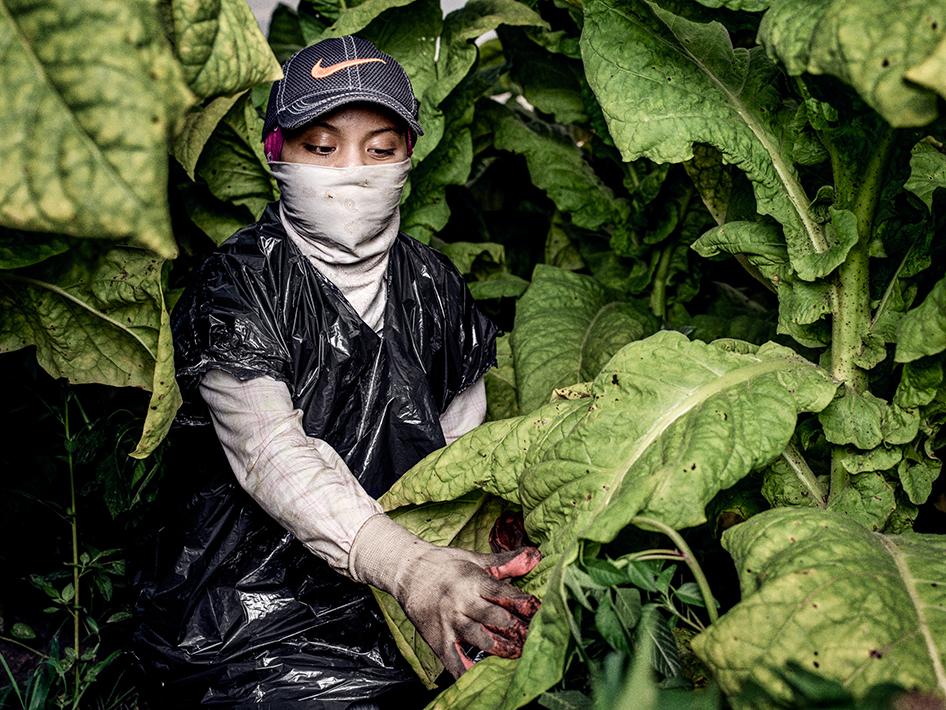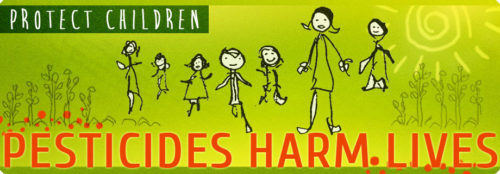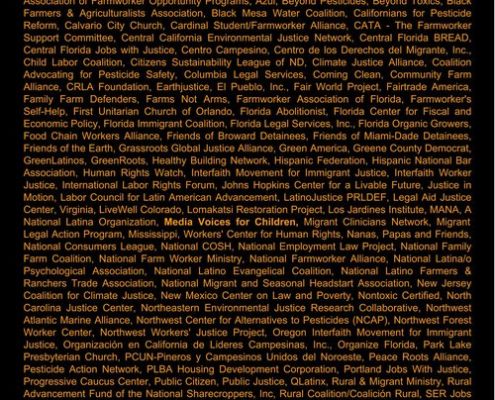Children Working in Terrifying Conditions in US Agriculture — New Research Shows Child Farmworkers Unprepared for Workplace Dangers
By Margaret Wurth
Senior Researcher, Children’s Rights Division, Human Rights Watch (HRW)

Margaret Wurth, HRW
New research published in the American Journal of Industrial Medicine reinforces just how dangerous agricultural work is for children in the United States – and how unprepared most are for what they face in the fields.
More US child workers die in agriculture than in any other industry. Every day, 33 children are injured while working on US farms. And they receive frighteningly little safety training, making their work in demanding environments even more dangerous.
Researchers from Wake Forest School of Medicine interviewed 30 child farmworkers, ages 10 to 17, and published their findings in two articles that describe how children are pressured to work quickly, with little control over their hours or the nature of their work.

“Sofia,” a 17-year-old tobacco worker, in a tobacco field in North Carolina. She started working at 13, and she said her mother was the only one who taught her how to protect herself in the fields: “None of my bosses or contractors or crew leaders have ever told us anything about pesticides and how we can protect ourselves from them….When I worked with my mom, she would take care of me, and she would like always make sure I was okay.…Our bosses don’t give us anything except for our checks. That’s it.” © 2015 Benedict Evans for Human Rights Watch.
The children interviewed feared having their pay docked or being fired if they couldn’t keep up.
They received little – if any – safety training. One 14-year-old worker said: “When you’re chopping with the machete, they say, ‘Oh, be careful, like, to not hurt yourself,’ but that’s basically it.”
Children I’ve interviewed for Human Rights Watch investigations of child labor in US tobacco farming had similar experiences, working long hours in extreme heat with virtually no safety training.
One 15-year-old child worker told me his mom – also a farmworker – was hospitalized after being sprayed with pesticides, but even then, his employer never told him how protect himself: “He just said, ‘Be careful.’ That’s all.”




